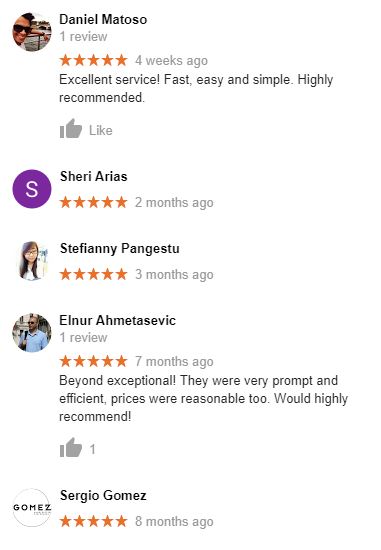Korean Translation For Design Files

Translate your brochures to Korean or any other language.
Melbourne Translation Services has professional Korean translators and expert typesetters who are able to work with your working design files, to provide translation from English to Korean or from Korean to English.
Besides Adobe InDesign files, we accept Illustrator, Photoshop, Powerpoint or any other popular working file format.
For larger files, you may send us a download link to review the files for a free quote.
Korean Translation and Typesetting
Where a program cannot directly take the fonts of a particular language, typesetting is normally completed in Illustrator and placed back in the original design file as curved EPS files. We have considerable experience in larger multi-language typesetting projects where a consistent design and feel must be produced across several languages. This involves the coordination of Asian and European font styles, point sizes, leading, etc.
Melbourne Translation Services provides professional brochure translation and typesetting services wherever you are based in Australia or overseas. Contact us for a free quote.
- There are no hidden charges for fast Korean translations!
- Many happy repeat customers
- We provide discounts for repeat customers or large orders
- Full-time Korean translators experienced in translating all kinds of documents
- Personal, friendly service
- Sydney
- Melbourne
- Brisbane
- Perth
- Canberra
- Darwin
- Hobart
- Adelaide
- Wollongong
- Newcastle
- Cairns
More About The Korean Language
There are seven verb paradigms or speech levels in Korean, and each level has its own unique set of verb endings which are used to indicate the level of formality of a situation. Unlike honorifics—which are used to show respect towards the referent (whom you are talking about) —speech levels are used to show respect towards a speaker's or writer's audience (whom you are talking to). The names of the seven levels are derived from the non-honorific imperative form of the verb 하다 (hada, "do") in each level, plus the suffix 체 ("che", hanja: 體), which means "style".
The highest six levels are generally grouped together as jondaenmal (존댓말), while the lowest level (haeche, 해체) is called banmal (반말) in Korean.
In traditional society, Korean women often place themselves in a position of powerlessness, and this in turn is observed in their everyday speech patterns. Some examples of this can be seen in: (1) a woman’s use of softer tone in order to minimize conflict or aggression; (2) a married woman introducing herself as someone’s mother or wife, not with her own name; (3) the presence of gender differences in titles and occupational terms (for example, a sajang is a company president and yŏsajang is a female company president.); (4) and females sometimes using more tag questions and rising tones in statements, much like the way that young children talk.
In western societies, individuals will avoid expressions of power asymmetry, mutually addressing each other by their first names for the sake of solidarity. Between two people of asymmetrical status in a Korean society, people tend to emphasize differences in status for the sake of solidarity. Koreans prefer to use kinship terms rather than any other terms of reference. In traditional Korean society, women have long been in disadvantaged positions. Korean social structure traditionally consisted of a royal monarch, a patriarchically dominated family system that emphasizes the maintenance of family lines. This structure has tended to separate roles of women from those of men.

Korean Translator
Upload your project files here for translationOur Valued Clients

